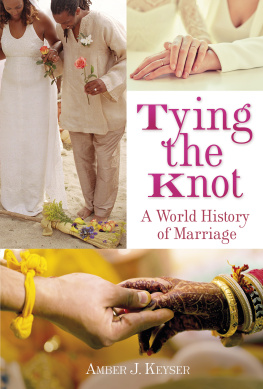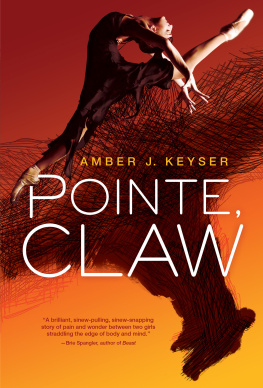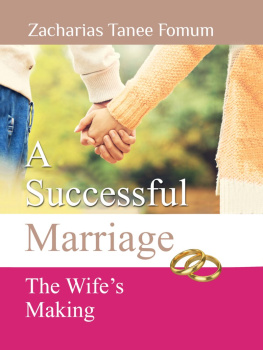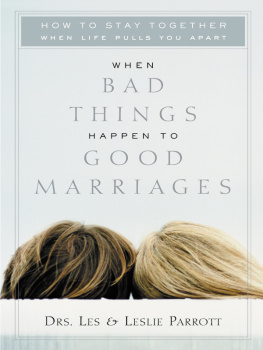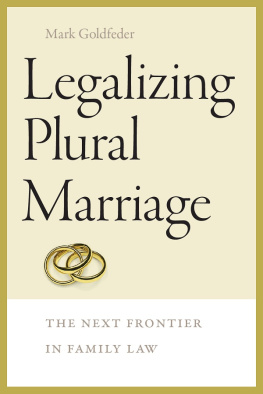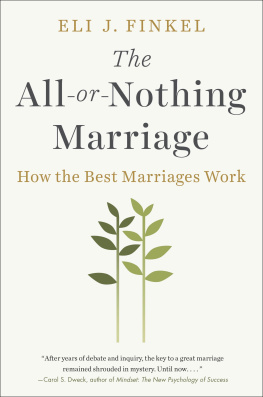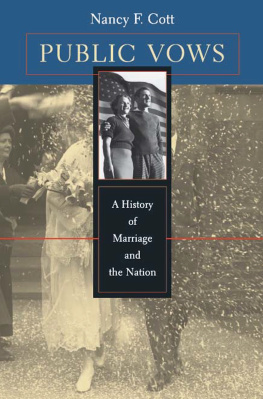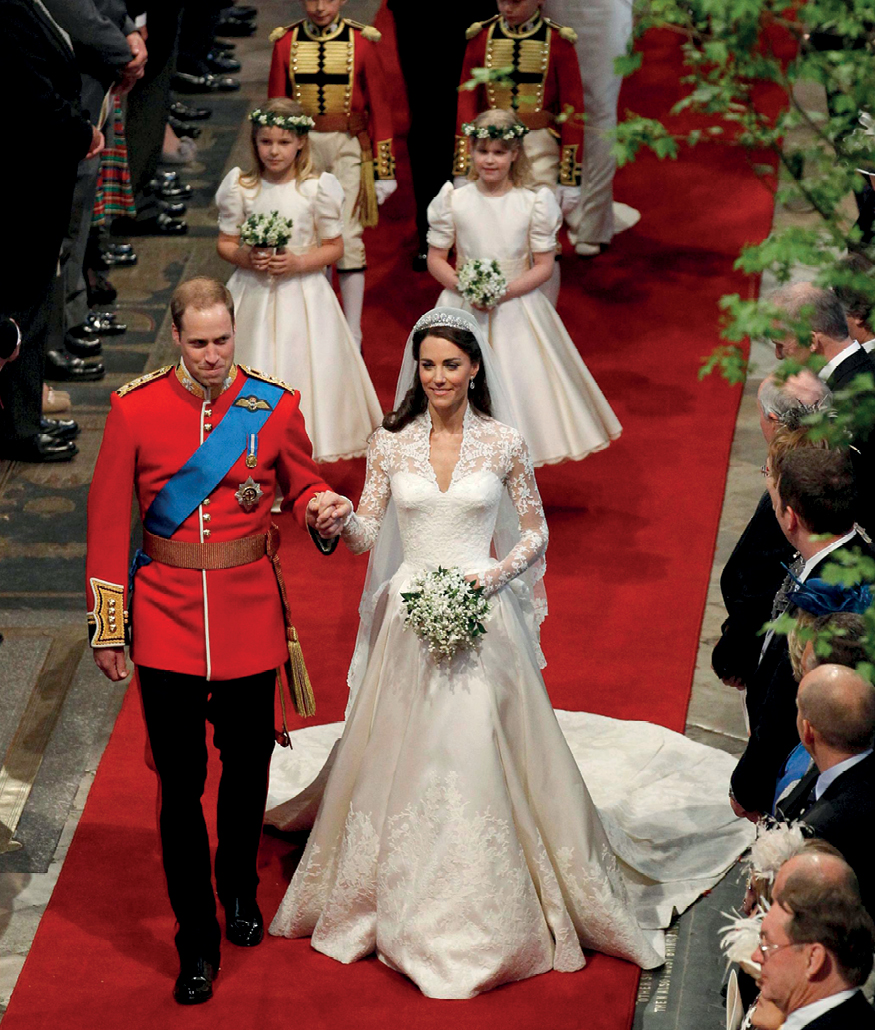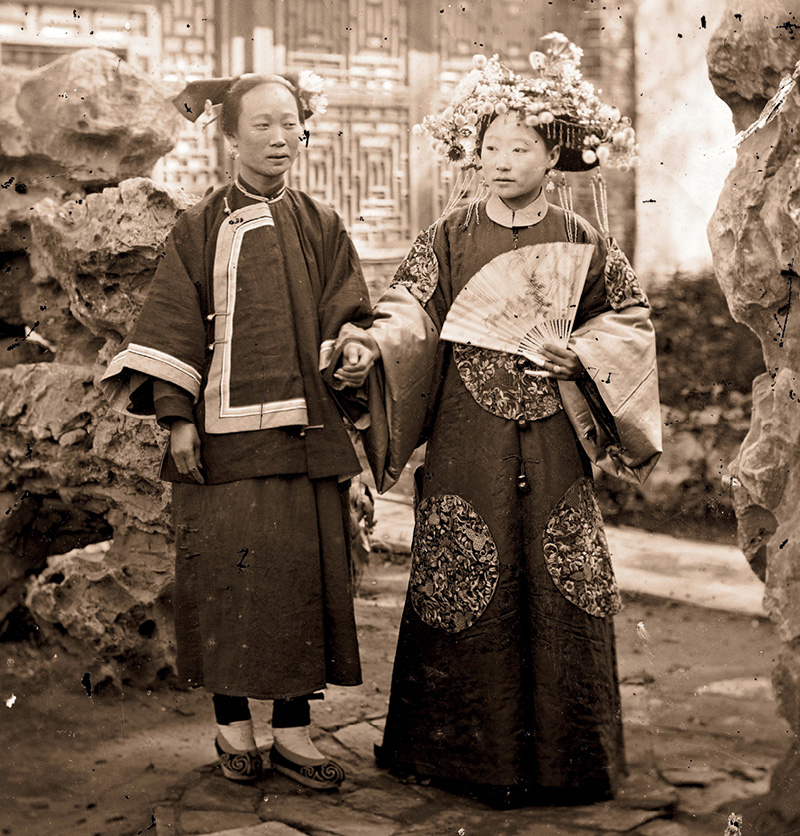To my one and only, happy twentieth anniversary, love.
Text copyright 2018 by Amber J. Keyser
All rights reserved. International copyright secured. No part of this book may be reproduced, stored in a retrieval system, or transmitted in any form or by any meanselectronic, mechanical, photocopying, recording, or otherwisewithout the prior written permission of Lerner Publishing Group, Inc., except for the inclusion of brief quotations in an acknowledged review .
Twenty-First Century Books
A division of Lerner Publishing Group, Inc.
241 First Avenue North
Minneapolis, MN 55401 USA
For reading levels and more information, look up this title at www.lernerbooks.com .
Main body text set in Adobe Garamond Pro 11.5/15
Typeface provided by Adobe Systems.
Library of Congress Cataloging-in-Publication Data
Names: Keyser, Amber, author.
Title: Tying the kno t : a world history of marriage / by Amber J. Keyser.
Description: Minneapoli s : Twenty-First Century Books, [2017 ] | Includes bibliographical references and index: LCCN 2016019334 (print ) | LCCN 2016029916 (ebook ) | ISBN 781467792424 (l b : alk. paper ) | ISBN 781512428469 (eb pdf)
Subjects: LCSH: MarriageHistoryJuvenile literature . | Marriage customs and ritesJuvenile literature.
Classification: LCC HQ744 .K46 2017 (print ) | LCC HQ744 (ebook ) | DDC 306.810973dc23
LC record available at https://lccn.loc.gov/2016019334
Manufactured in the United States of America
1-38270-19999-6/12/2017
9781541522022 ePub
9781541522039 mobi
9781541522046 ePub
Contents
Introduction
Control Freaks
Why Play the Game?
More Ways Than One
Forbidden Love
Will You Marry Me?
Getting Hitched
Cutting Ties
Happily Ever After
Introduction
Control Freaks
I n 2011 Prince William, the Duke of Cambridge and second in line to inherit the throne of the United Kingdom (also called Britain), married Catherine (Kate) Middleton in Londons Westminster Abbey. Thousands attended the elaborate ceremony. Nearly one billion people watched it live on television and on YouTube. Members of the wedding party traveled in horse-drawn carriages, cheered on by crowds of well-wishers. The brides lacy white dress had a long train, and her delicate veil was held in place with a sparkling tiara. The groom wore the scarlet uniform of the Irish Guards, one of the military units he belongs to, and a cap with the motto of the regiment: Quis Separabit? which means Who shall separate us?
The world celebrated along with Britains Prince William and Catherine Middleton when they married in 2011.
At the altar, William and Kate held hands and exchanged rings, and the Archbishop of Canterbury united them in marriage. Kate became a princess and, as the wife of the royal heir, the likely future queen. The world reveled in the lavish spectacle of this royal love story. It was a fairy tale come to life.
Forget the Fairy Tale
Love and marriage are all around us. Pop singers croon about romance. Magazines offer advice on finding love and making it last. News outlets and websites track the latest gossip on celebrity marriages (and divorces). Millions of viewers tune in to The Bachelor, a TV show that is supposed to end with a marriage proposal. Marriage is one of the oldest institutions on the planet. It is the basis for family life in nearly every human society. And marriage is all about love, right?
Wrong!
For centuries, getting married wasnt a private decision between two people. Families, neighbors, religious leaders, warlords, and other rulers all had their fingers in the pie. The government in France in the mid-sixteenth century, for example, declared that marriage was a public act transmitting family property, sanctione d [ approved] by the state, and tied to the public good. That doesnt sound very romantic, does it?
By all accounts, Prince William and his wife are genuinely in love, but because he is in line to become king, his decision to marry her wasnt entirely his own. According to the Royal Marriages Act of 1772, Prince William had to obtain permission to marry from the ruling monarch, Queen Elizabeth II, his grandmother. The original goal of the Royal Marriages Act was to ensure that all royal marriages benefited Britain politically or economically.
The Building Block of Society
Marriage is the legally recognized union of two people as a single unit. This unit is the core building block of almost every society on the planet. Throughout history and across cultures, political, economic, and social systems have all been cemented through marriage.
Politically, royal marriages in Britain and elsewhere were meant to seal alliances between different families, tribes, kingdoms, or countries. For example, a monarch might send a princess to marry a neighboring ruler to strengthen the relationship between the two kingdoms. A conquering warlord might marry the daughter of a ruler he had just overthrown to confirm his victory.
Economically, families used marriage to protect their money and property. Typically, a son (sometimes only the eldest son) inherited his fathers wealth, thus ensuring that all the assets accumulated by the men of the family stayed within the family. Any women who married into a wealthy family were expected to produce male children to guarantee the survival of the male line and therefore the protection of the familys wealth.
Socially, marriage gave a green light to sexual relations and provided a family structure for raising children. A child conceived within the confines of marriage was viewed as legitimate, or legal. According to both religious and civil (nonreligious) law, that child was an official member of the family. A child conceived outside of marriagein an adulterous or premarital relationshipwas viewed as illegitimate and was not legally part of the family. An illegitimate son of a king could not ascend to the throne on the death of his father. An illegitimate son could not inherit his fathers wealth.
In most cultures in earlier eras, women had no legal rights and could not own property. Their financial security and social status came first from their fathers and thenafter marriagefrom their husbands. Young women who didnt marry were often pushed to the edges of society. Neighbors viewed them with suspicion and scorn. Some unmarried women lived with their elderly parents. Others joined religious orders. Still others became prostitutes.
This photograph from 1869 shows a Chinese bride ( right ) in her wedding clothes, accompanied by a servant. Throughout the centuries, marriage has cemented social, political, and economic bonds.
Whats Love Got to Do with It?
Throughout most of human history, love and marriage rarely went together. Men chose brides who could advance their political, economic, and social standing. Usually women did not choose their husbands at all. Fathers arranged their marriages. For thousands of years and across many cultures, daughters were considered the property of their fathers. Marriage was an act that legally transferred property (a daughter) from father to husband. Whether a woman loved or even liked the man her father had picked didnt matter. If her father demanded it, a daughter was powerless to refuse the union. Around the world, many modern marriage traditions reflect this history of property transaction. In many nations, a man asks the father of his beloved for permission to marry her. In the United States and elsewhere, we talk about the father giving away the bride at a wedding ceremony.

